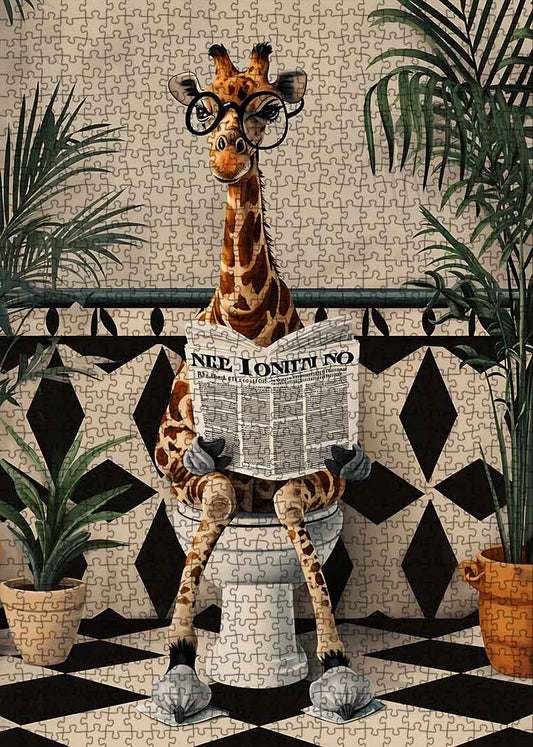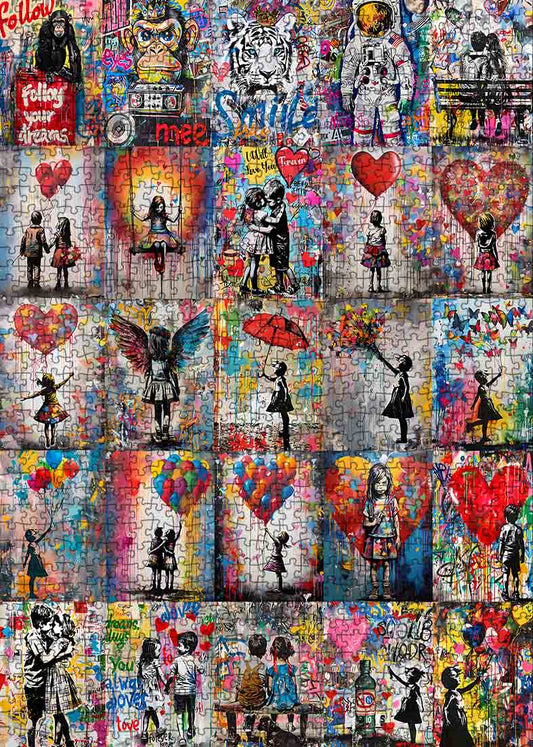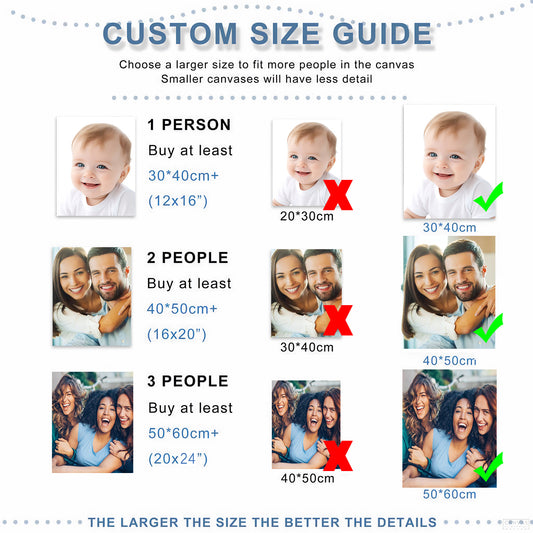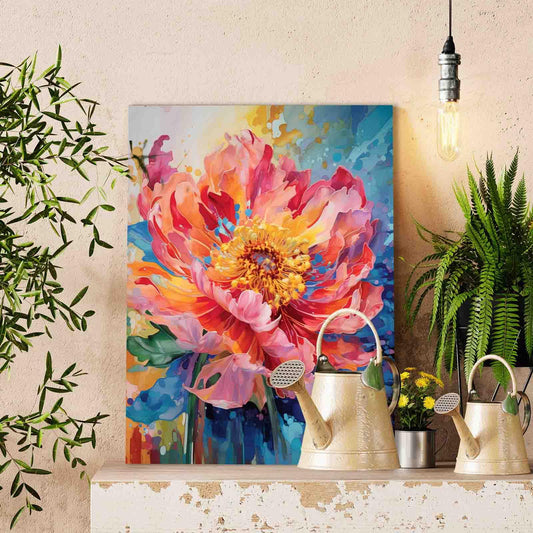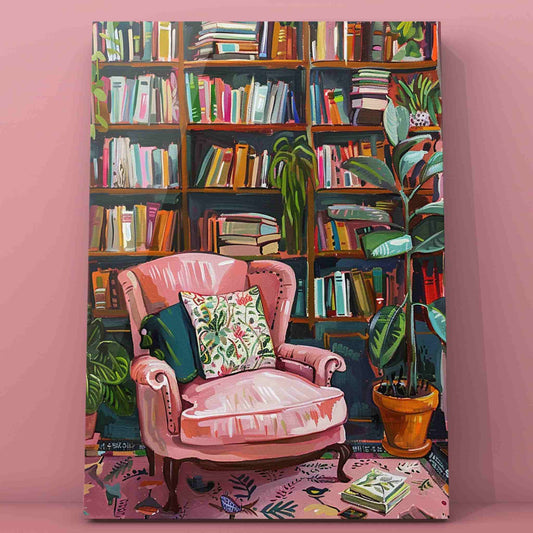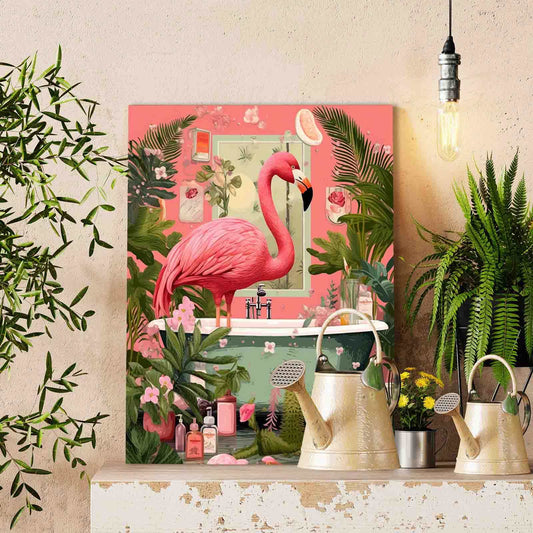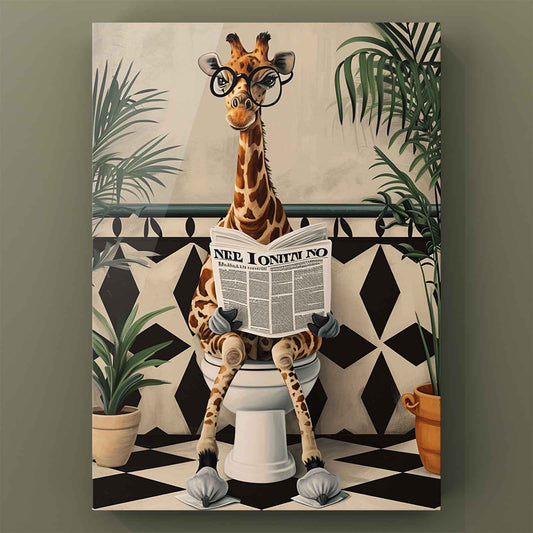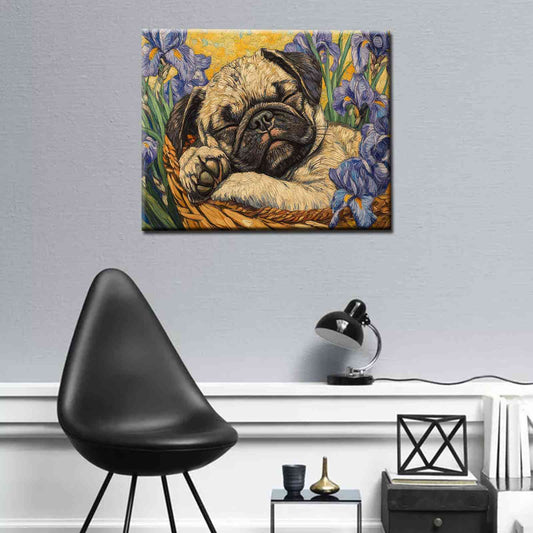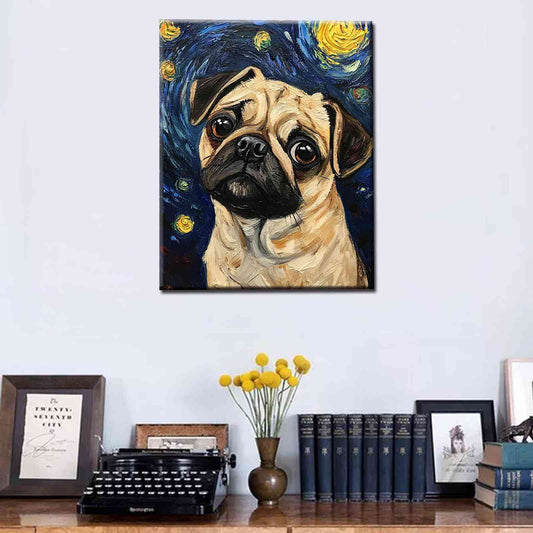
What Makes Art Therapy Effective for Kids, Teens, and Adults
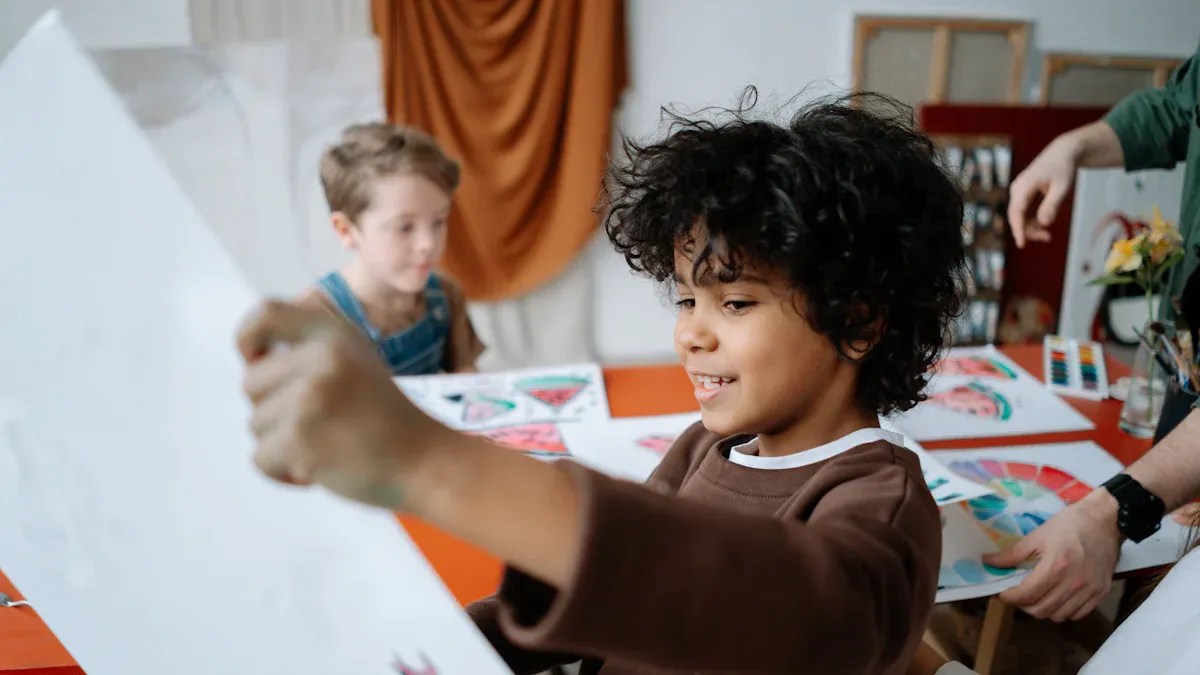
Art therapy blends creativity with therapeutic methods to promote mental well-being. Engaging in art therapy activities allows individuals to express emotions nonverbally, helping to alleviate stress and enhance self-awareness. Research indicates it can lower anxiety, improve emotional regulation, and reduce suicidal thoughts by 30%. These versatile activities are beneficial for children, teens, and adults alike.
Key Takeaways
Art therapy lets people show feelings without talking. It lowers stress and builds self-awareness.
Doing creative things like drawing or painting can make you happier and help control emotions.
Art therapy gives a safe place to understand feelings. It helps with healing and growing as a person.
How Art Therapy Works
The Role of Art Therapy Activities in Emotional Expression
Art therapy activities provide a unique way to express emotions that may feel overwhelming or difficult to verbalize. Drawing and painting, for example, allow you to communicate feelings through colors, shapes, and textures. This process can help you explore emotions without relying on words, making it especially helpful for those struggling with emotional regulation. Creating visual representations of your feelings fosters self-reflection and helps you better understand your emotional landscape.
Art therapy also serves as a coping mechanism. For teens, it offers a safe outlet to manage stress and anxiety. By engaging in creative expression, you can process emotions in a healthy way, which supports emotional regulation and enhances overall well-being.
How Art Therapy Engages the Brain and Promotes Healing
Art therapy activates specific areas of your brain that promote healing and emotional well-being. Neuroimaging studies reveal that art-making activities increase neural connectivity in regions responsible for processing trauma. These activities also reduce activity in the amygdala, the brain's fear center, while boosting the prefrontal cortex, which governs decision-making and emotional control.
Engaging in art therapy activities triggers the brain's reward system, releasing chemicals that counteract stress. This neurological response not only improves your mood but also enhances your ability to cope with challenges. By influencing brain activity, art therapy helps you process emotions and fosters resilience.
Creating a Safe Space for Self-Expression
A key aspect of art therapy is the supportive environment created by the therapist. They guide you in exploring various artistic mediums, encouraging you to express thoughts and emotions that may feel too complex to articulate verbally. This safe space allows you to feel understood and validated.
Therapists also help interpret your artwork, offering insights into its deeper meanings. This process fosters self-awareness and emotional insight, empowering you to navigate your feelings with greater clarity. Through art therapy activities, you can explore your inner world in a non-judgmental setting, promoting healing and personal growth.
Benefits of Art Therapy for Kids, Teens, and Adults

Benefits of Art Therapy for Kids
Art therapy for children offers numerous emotional and developmental benefits. It provides a safe space where kids can express themselves without fear of judgment. Through creative activities like drawing and painting, children can process their emotions and communicate feelings they may not yet have the words to describe.
Benefit Type |
Description |
|---|---|
Expression of Emotions |
Allows children to convey complex emotions in a safe environment, facilitating understanding of feelings. |
Stress Relief and Relaxation |
Engaging in art activities provides a calming effect, alleviating anxiety and promoting relaxation. |
Building Self-Esteem and Confidence |
Completing art projects boosts a child's sense of accomplishment and self-worth. |
Enhancing Creativity and Imagination |
Stimulates creative thinking and encourages unique expression of thoughts and feelings. |
Improving Problem-Solving Skills |
Engaging in art challenges develops critical thinking and adaptability. |
Developing Fine Motor Skills |
Activities like drawing and painting refine hand-eye coordination and dexterity. |
Encouraging Communication and Social Skills |
Provides a non-verbal medium for expression, enhancing social interaction and communication. |
Fostering Empathy and Understanding |
Collaborative projects help children appreciate different perspectives and build community. |
Managing Behaviors and Emotions |
Aids in recognizing feelings and developing coping strategies for emotional resilience. |
By engaging in art therapy, children can build self-esteem and confidence while improving their emotional and social skills. These activities also contribute to children's well-being by fostering creativity and helping them process their emotions in a healthy way.
Benefits of Art Therapy for Teens
Teenagers face unique challenges, including identity formation and emotional regulation. Art therapy provides a constructive outlet for self-expression, helping teens explore their identities and reflect on their values. It also teaches them to express themselves in healthy ways, reducing stress and anxiety.
Art therapy helps teens process their emotions and develop coping mechanisms for life’s challenges.
It provides an engaging alternative to traditional therapy, making it easier for teens to open up.
Creative activities encourage self-discovery, fostering emotional resilience and personal growth.
Teens can express complex emotions through art, which helps them manage stress and anxiety.
Collaborative projects promote empathy and improve communication skills.
By participating in art therapy, teens can build self-esteem and confidence while gaining tools to navigate their emotional and mental health challenges.
Benefits of Art Therapy for Adults
Art therapy treatment offers adults a way to manage stress, trauma, and mental health conditions. It provides a creative outlet for self-expression, allowing individuals to process their emotions and gain insight into their inner world.
Study |
Findings |
|---|---|
Holmqvist and Persson (2012) |
Limited evidence for psychosomatic and eating disorders. |
Geue et al. (2010) |
Emotional improvements for cancer patients. |
Schouten et al. (2015) |
Significant reduction in trauma symptoms in half of the studies. |
Uttley et al. (2015) |
Positive changes in 10 out of 15 studies for psychiatric disorders. |
Art therapy supports emotional healing by reducing stress and fostering self-awareness. It helps adults express themselves in ways that promote resilience and personal growth. Whether you are dealing with anxiety, depression, or trauma, art therapy can enhance your emotional and mental health.
Art Therapy Techniques
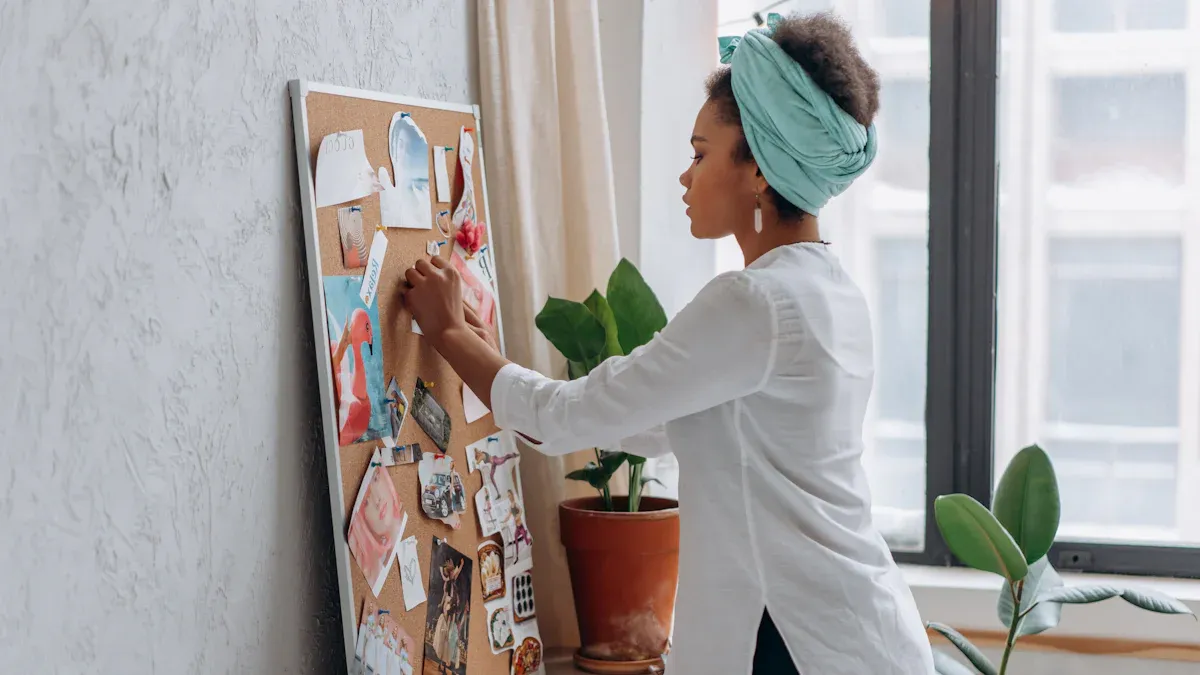
Drawing and Painting as Art Therapy Activities
Drawing and painting are foundational techniques in art therapy. These activities allow you to explore your emotions through creative expression. By choosing colors, shapes, and patterns, you can communicate feelings that may be difficult to verbalize. This process fosters self-awareness and emotional clarity.
These techniques also promote relaxation. The repetitive motion of drawing or painting can help you enter a meditative state, reducing stress and anxiety. For example, coloring intricate designs or creating abstract art encourages focus and mindfulness. This helps you shift your attention away from negative thoughts and toward the present moment.
Additionally, drawing and painting boost self-esteem. Completing an artwork, no matter how simple, provides a sense of accomplishment. This can empower you to tackle challenges in other areas of life.
Therapeutic Goal |
|
|---|---|
Drawing |
Self-awareness |
Painting |
Boost self-esteem |
Coloring |
Stress relief |
Doodling and scribbling |
Emotional exploration |
Collage and Mixed Media for Creative Exploration
Collage and mixed media offer a versatile approach to creative expression. These techniques are particularly effective if you feel intimidated by traditional art forms. By assembling images, textures, and materials, you can express yourself without the pressure of creating something from scratch.
Collage helps you articulate emotions. It provides a starting point for verbal expression, especially if you struggle to put feelings into words.
The unstructured nature of collage materials encourages creativity. This helps you overcome fears of judgment and failure.
Activities like the "coping collage" allow you to visualize coping strategies, aiding in emotional resilience.
Tip: Collage is especially beneficial for individuals with dementia. It facilitates non-verbal communication, enabling them to express emotions and memories.
Research highlights its therapeutic value. For instance, Vick (1999) found that even a single image can spark meaningful discussions. Stallings (2010) noted its effectiveness in non-verbal communication, while Moriarty (1973) emphasized its role in grief recovery.
Sculpting and Clay Work for Emotional Release
Sculpting and working with clay provide a tactile and immersive form of creative expression. These activities encourage you to focus on the process rather than the outcome, making them ideal for emotional release.
The tactile experience of clay promotes relaxation. Engaging with the material helps you enter a state of flow, reducing anxiety and stress.
Sculpting allows you to project internal experiences onto a physical medium. This tangible representation helps you process complex emotions.
For those who struggle with verbal communication, clay work offers a non-verbal outlet. It enhances self-awareness and emotional insight.
Clay therapy also fosters mindfulness. As you shape and mold the material, you become more attuned to your emotions. This practice not only improves focus but also builds resilience.
Note: Sculpting is particularly effective for addressing trauma. It enables you to confront and release suppressed feelings in a safe and controlled environment.
Why Art Therapy is Effective
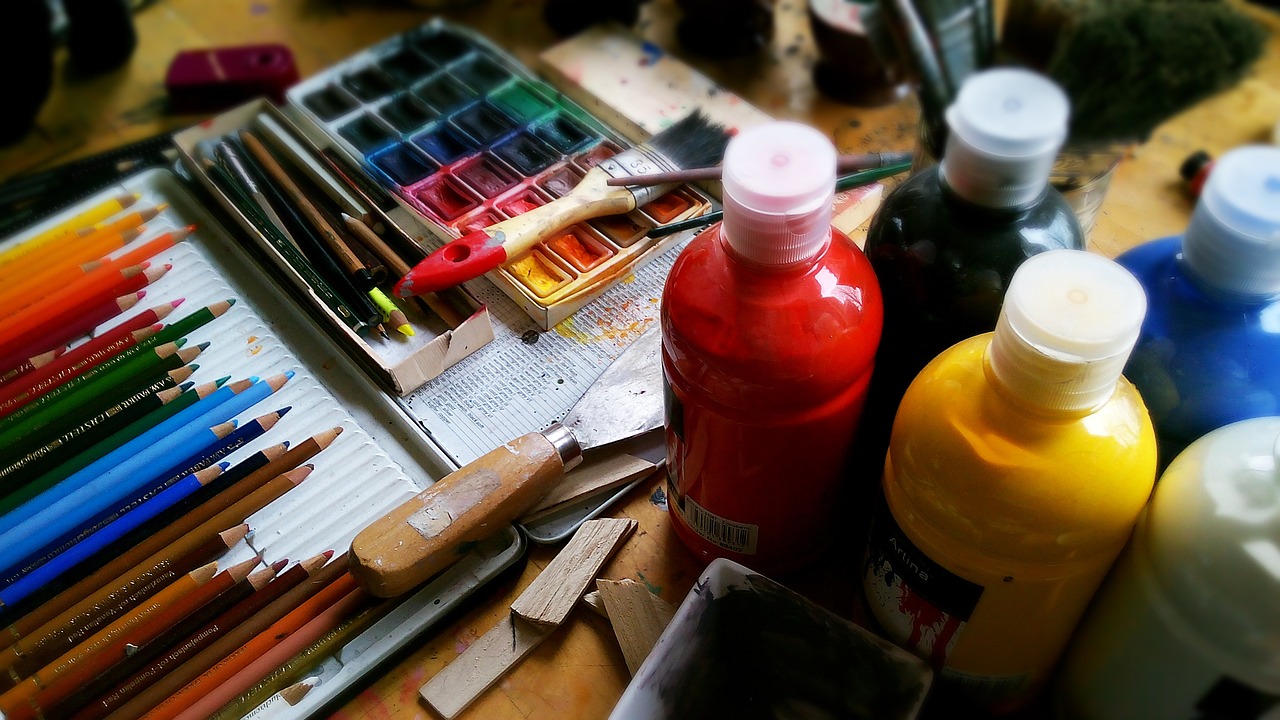
Evidence-Based Benefits of Art Therapy
Art therapy offers scientifically proven benefits for mental health. Studies show that virtual art therapy sessions during the pandemic significantly reduced stress and anxiety. Regular participation in these sessions improved emotional regulation and decreased disruptive behavior. Neuroimaging research highlights increased brain activity in areas linked to pleasure and reward during art-making activities.
You can also use art therapy to explore your inner thoughts and feelings. Creative expression helps you manage intense emotions and fosters self-awareness. Combining art therapy with talk therapy has been shown to decrease stress and anxiety effectively. Observing art itself can even boost serotonin levels and improve blood flow to the brain, further confirming its therapeutic value.
Holistic Impact on Mental Health and Emotional Well-Being
Art therapy addresses both emotional and physical well-being, making it a holistic approach to healing. Engaging in creative activities stimulates your mind, promoting relaxation and helping reduce stress. It activates brain regions associated with pleasure and reward, counteracting the negative effects of stress.
This therapy also integrates techniques that enhance emotional regulation and overall health. For example, it alleviates pain symptoms and improves the quality of life for adults with chronic illnesses like cancer. Children with asthma or cancer benefit from reduced stress and anxiety, as well as improved coping abilities. By entering a flow state during art creation, you can experience cognitive restoration and emotional healing.
Real-Life Success Stories in Art Therapy
Abby’s journey demonstrates the transformative power of art therapy. Struggling with severe emotional challenges, she found relief after just one session. She stopped calling 911 and began experiencing joy and accomplishment. Today, she maintains a job she loves and leads a fulfilling life.
This story highlights how art therapy can provide effective coping mechanisms and emotional healing. It empowers individuals to overcome challenges and improve their mental health, offering hope for a better quality of life.
Art therapy offers a creative and effective way to improve mental health for all ages. Its success stems from several key factors:
Factor |
Description |
|---|---|
Consent |
Ensures patients understand and agree to treatment objectives, fostering ownership and commitment. |
Routine |
Establishing a consistent routine enhances effectiveness in stress relief and emotional balance. |
Integration |
Incorporating art therapy into daily life makes it more sustainable long-term. |
Relaxation Tool |
Using art as a relaxation tool provides immediate relief and emotional balance during stressful moments. |
Peer Support |
Support groups maintain motivation and provide a safe space for sharing experiences and encouragement. |
Online Resources |
Access to diverse artistic styles and techniques helps individuals overcome creative blocks and explore new expressions. |
You don’t need to be artistic to benefit from art therapy. It focuses on emotional exploration rather than artistic skill. Unlike art classes, it prioritizes personal growth over technique. Whether in schools, hospitals, or community centers, art therapy provides a safe space for healing. Explore it as a valuable tool for emotional well-being.
FAQ
What if I’m not good at art?
You don’t need artistic skills to benefit from art therapy. It focuses on emotional expression and personal growth, not artistic talent. Everyone can participate and gain value.
How long does it take to see results?
The timeline varies for each person. Some notice improvements after a few sessions, while others may take longer. Consistency and openness enhance the therapy’s effectiveness.
Can art therapy help with trauma?
Yes, art therapy provides a safe way to process trauma. It helps you express suppressed emotions, reduce stress, and build resilience through creative activities.






